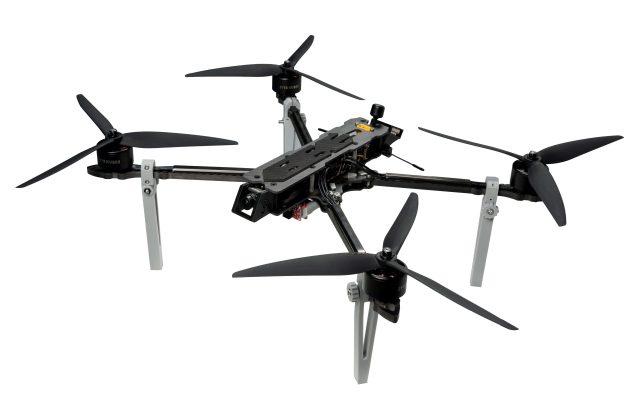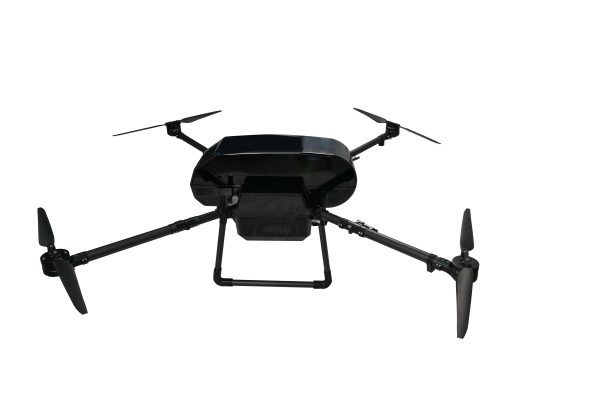Blog
FPV Drone Beginner Guide: First Flight and Setup Tips
Flying an FPV (First-Person View) drone is an exciting way to experience the skies, offering an immersive, pilot-like perspective. However, for beginners, the technology, setup, and learning curve can seem overwhelming. This guide will walk you through the first essential steps to help you take off with confidence.

1. Choose the Right Equipment
Beginners are advised to start with a ready-to-fly (RTF) FPV drone or a whoop-class drone with prop guards. These are lightweight, safe for indoor training, and easier to control. Equip your drone with a reliable radio transmitter, a basic FPV goggle system, and a charger with voltage display. Budget-friendly kits are widely available and ideal for entry-level training.
2. Understand the Flight Modes
Most FPV drones support three common flight modes:
-
Angle Mode (Beginner-friendly): Auto-leveling, perfect for getting started.
-
Horizon Mode: Allows flips but still self-levels.
-
Acro Mode: No stabilization — full manual control, essential for freestyle and racing.
Start with Angle mode to build basic skills before moving on to Acro.
3. Practice on a Simulator First
Before your first real flight, invest time in FPV simulators like Liftoff or DRL Simulator. These allow you to build muscle memory, understand stick sensitivity, and reduce your crash rate once you go live. A simulator-compatible radio like the Radiomaster TX16S will give you the most realistic practice experience.

4. Learn to Set Up Betaflight
Betaflight is the standard flight controller software used to configure drone settings. As a beginner, focus on setting your receiver, selecting flight modes, and mapping your switches correctly. Follow online tutorials or community guides for a smooth setup process.
5. First Flight Checklist
-
Charge all batteries fully.
-
Do a pre-flight check of propellers, screws, and signal connections.
-
Choose a wide, open field without people or power lines.
-
Begin with gentle throttle and forward movements — avoid sudden stick input.
-
Use a spotter if flying long-range.
6. Expect Crashes — And Learn from Them
Crashing is part of the learning curve. Carry spare propellers, tools, and a small repair kit. Learn basic soldering and how to troubleshoot common problems like lost signal, flip of death, or ESC errors.
Final Tips
-
Join online FPV communities and local flying groups.
-
Watch professional FPV videos to learn maneuvers and techniques.
-
Keep safety first: always follow your country’s drone laws and fly responsibly.

